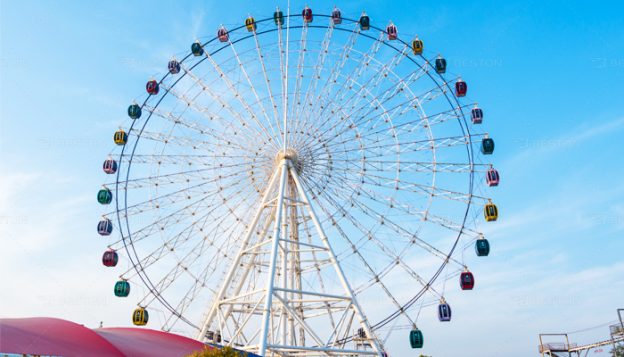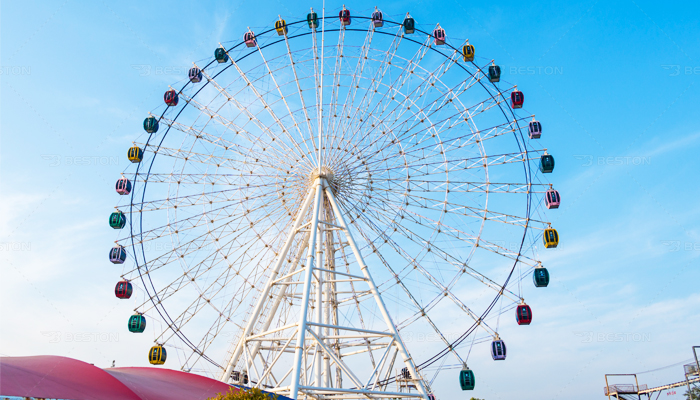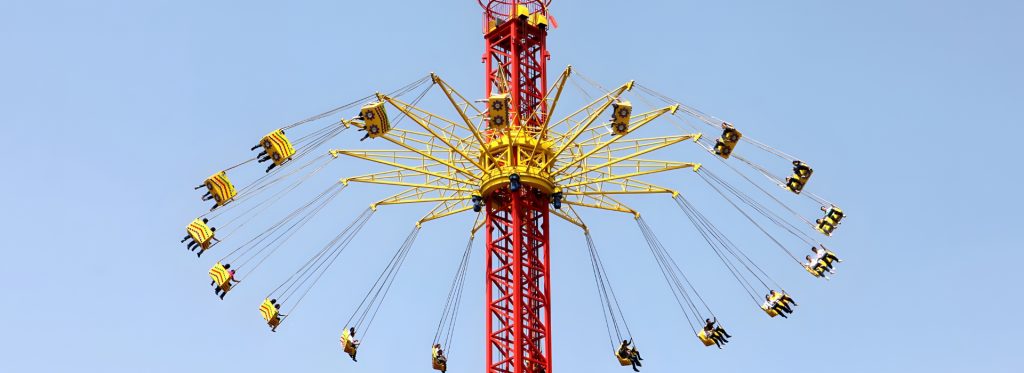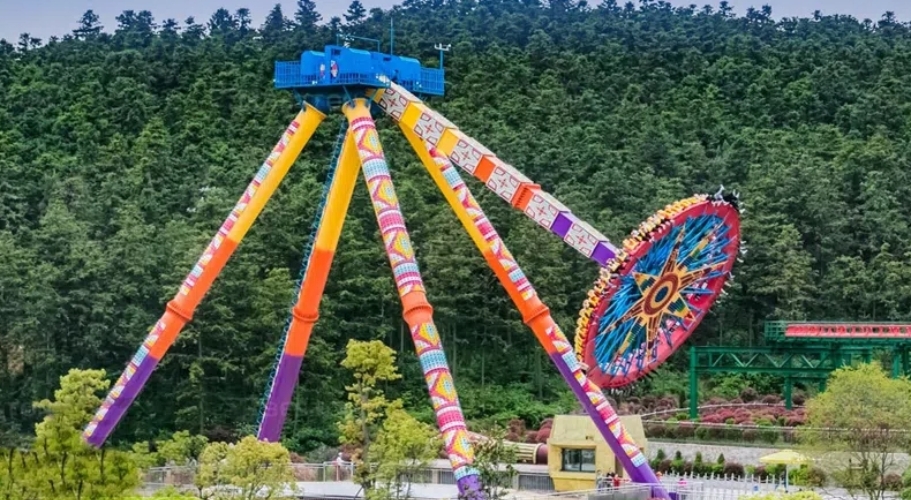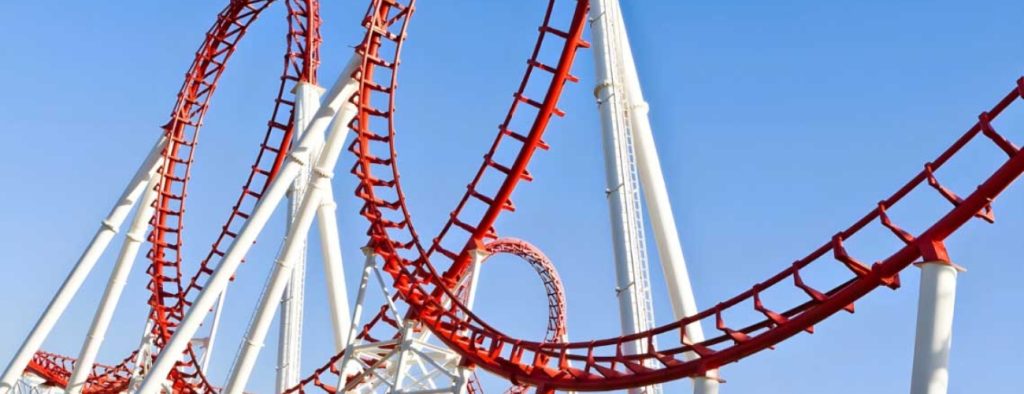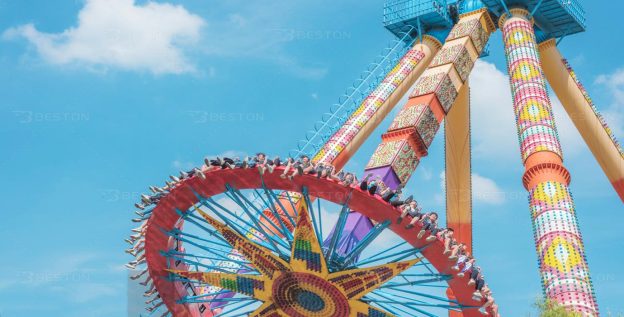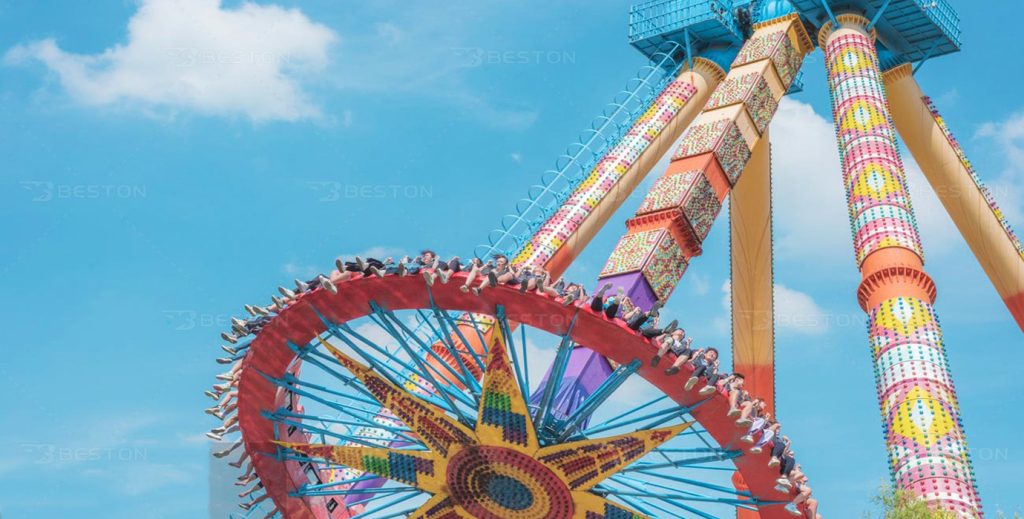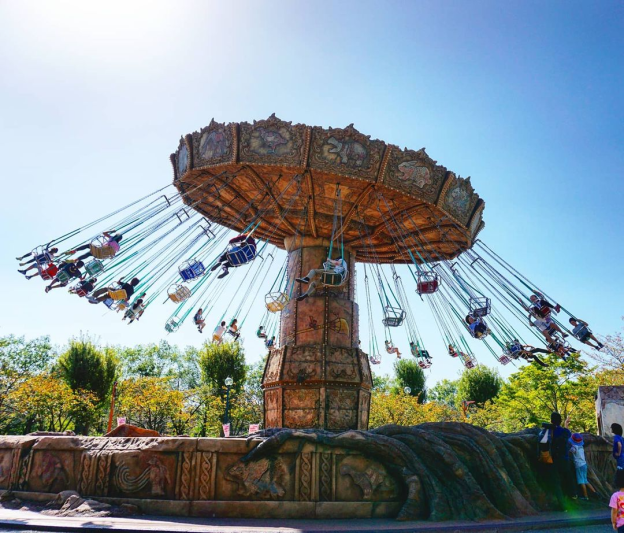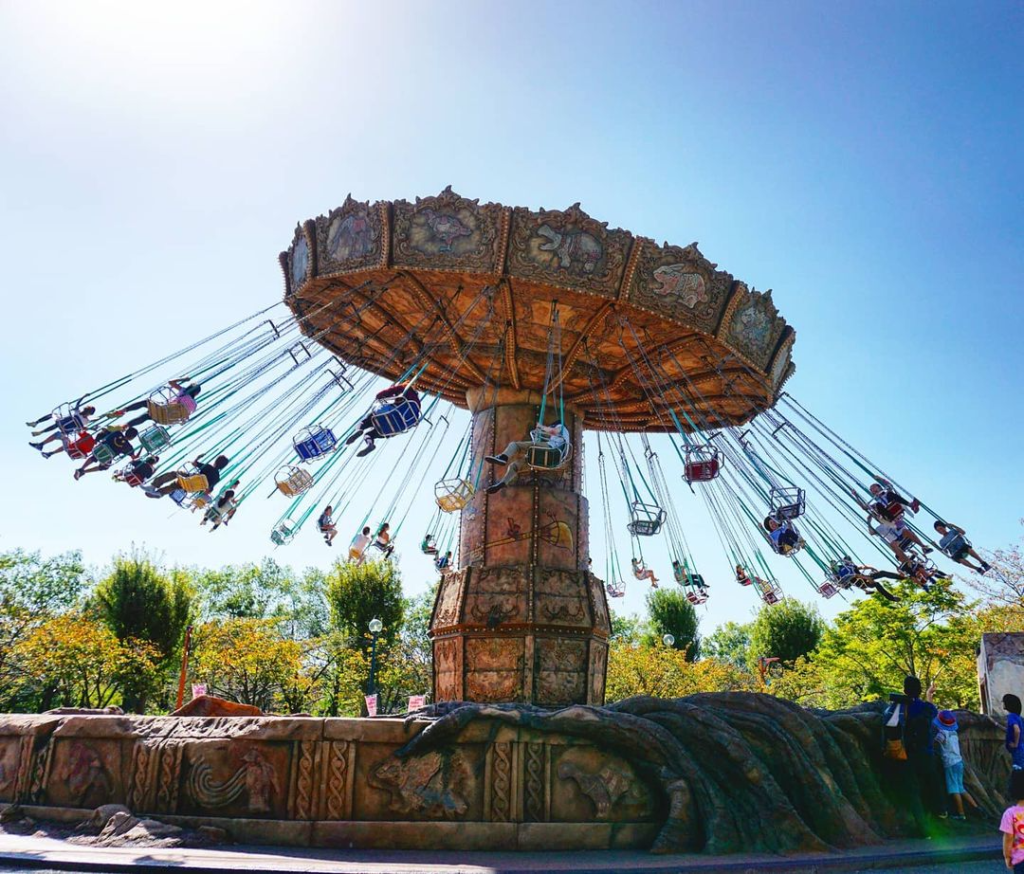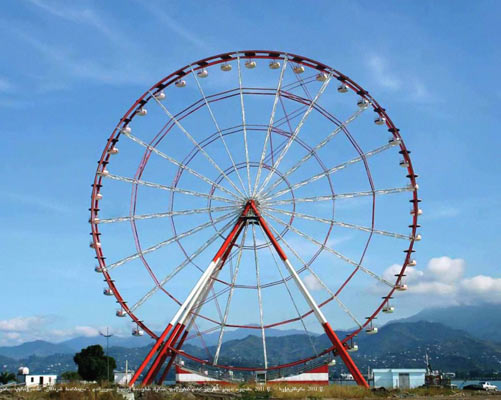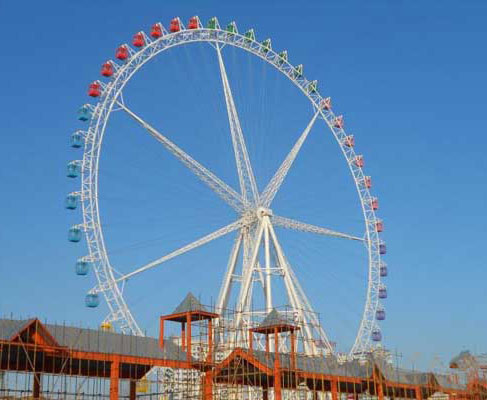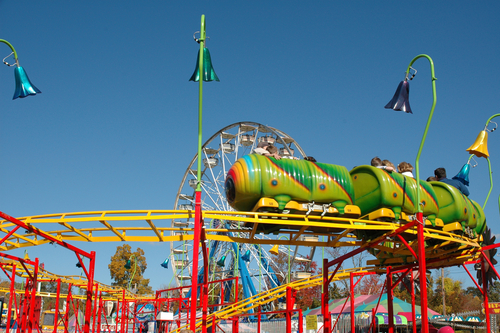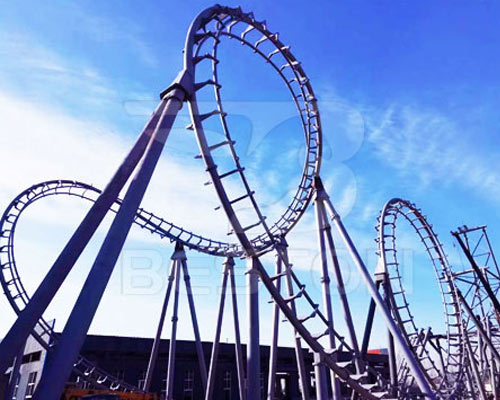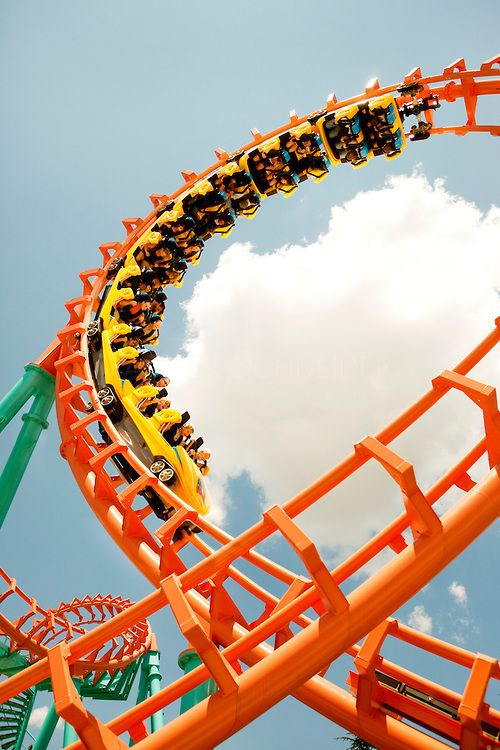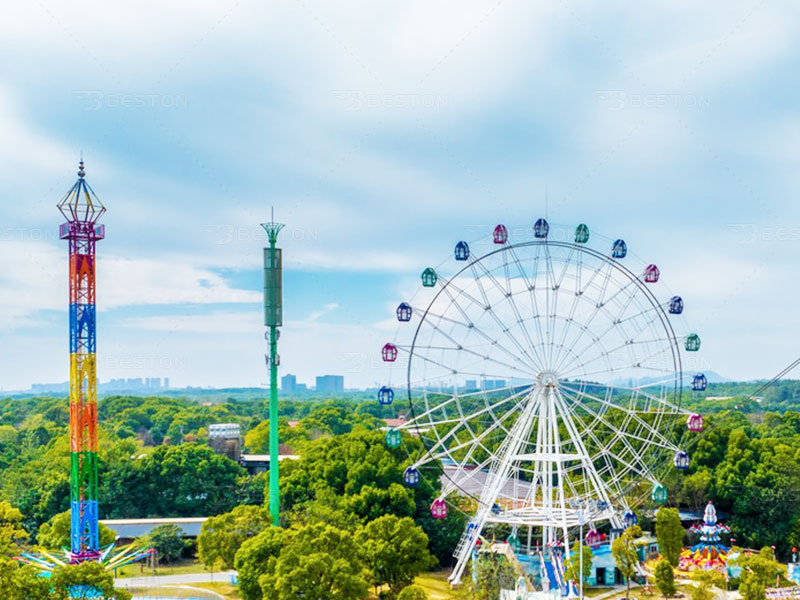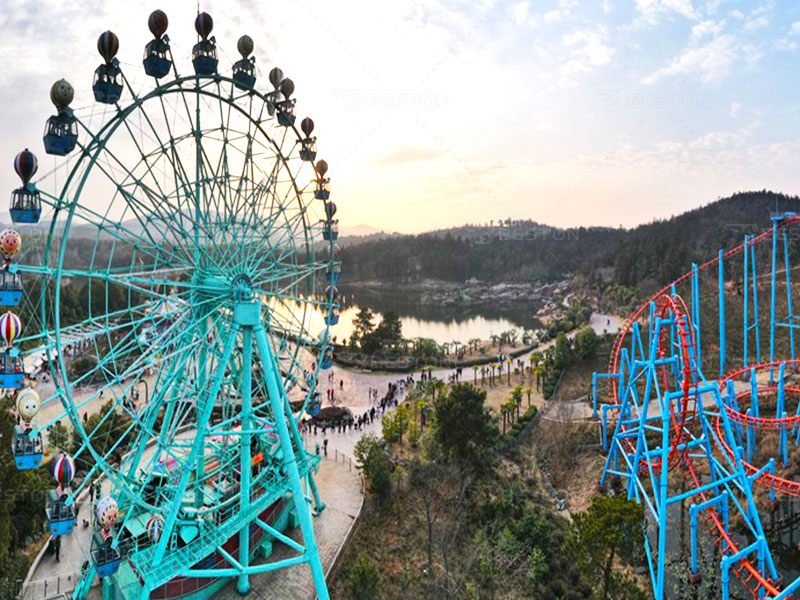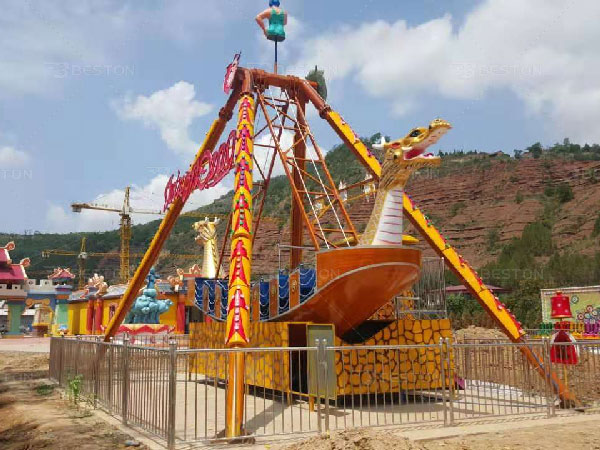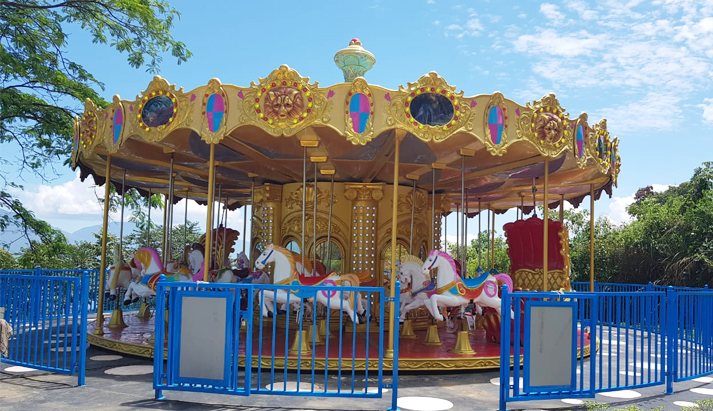When planning to purchase a Ferris wheel for your amusement park, one of the first things you should consider is the price. It’s essential to thoroughly investigate the available options to ensure you’re making a smart investment. A Ferris wheel is not just a simple ride; it’s a major attraction that requires careful selection, setup, and maintenance. In this article, we will explore how to find an awesome Ferris wheel ride price (колесо обозрения купить) and why careful consideration is crucial.
Importance of Researching Ferris Wheel Ride Prices
Before buying any amusement ride (аттракционы купить), including a Ferris wheel, it’s important to do thorough research. The price of a Ferris wheel can vary significantly depending on factors such as size, features, and whether it’s new or used. The best way to get a good deal is to compare prices from various manufacturers and suppliers. This allows you to see what options are available within your budget and helps you avoid overpaying.
When you’re researching prices, be sure to ask about any hidden costs such as shipping, setup, and maintenance. While a low price may seem appealing upfront, additional costs can add up quickly. By factoring these costs into your decision, you’ll be able to make a more informed choice.
Moreover, always consider the value you’re getting for the price. A cheap Ferris wheel may save you money initially, but if it’s made with lower-quality materials or lacks the features you need, it may not be the best long-term investment. The key is to find a kiddie ride (детские аттракционы) that offers great value, combining quality with a reasonable price.
Assessing the Features and Options of Ferris Wheel Rides
When looking at different Ferris wheel options, consider the features and customization available. Ferris wheels come in various sizes, from standard models for large amusement parks to smaller kiddie Ferris wheels designed for children. The size of the Ferris wheel will influence the price, so it’s important to choose one that fits both your space and your budget.
In addition to size, think about the theme and design of the ride. Some Ferris wheels are customizable with lights, special seats, or unique themes. If you’re creating a themed amusement park or looking to stand out, customization might be a key factor in your decision. A kiddie Ferris wheel (аттракцион солнышко), for example, could have bright colors, fun animal-shaped cars, or a whimsical theme that appeals to families with young children.
Look for a seller that offers customization options, ensuring the Ferris wheel fits into the overall aesthetic of your park. Customization can significantly impact the cost, but it can also make your Ferris wheel a unique attraction that draws in more visitors.
Understanding the Importance of Proper Setup and Installation
Setting up your Ferris wheel correctly is crucial to its safe and efficient operation. If you’re not familiar with the installation process, it’s wise to consult with experts who can assist in setting up the ride. Improper setup can lead to damage to the ride or, in the worst case, cause accidents that put guests at risk.
It’s essential to follow manufacturer instructions for installation and ensure that the ride is placed on a solid, level foundation. Failure to do so may result in uneven operation, causing discomfort or even danger to riders. If you’re uncertain about the process, contact the manufacturer or a professional amusement ride installer to ensure the setup is completed correctly.
Remember, a Ferris wheel is a large and complex piece of machinery, and any mistake during installation can lead to costly repairs or even injuries. It’s worth investing time and resources to ensure the ride is properly installed from the start.
The Benefits of Buying a New Ferris Wheel
While used Ferris wheels may seem like an attractive option due to their lower price, there are significant benefits to purchasing a new one. A new Ferris wheel is more likely to come with a full warranty, ensuring that you’ll have support in case something goes wrong. This peace of mind is invaluable, especially if the ride is a major part of your amusement park’s attractions.
In addition, a new Ferris wheel will be in optimal condition, meaning you won’t have to worry about repairs or maintenance for a while. New rides are built to meet the latest safety standards, and they often come with updated features and designs that enhance the experience for riders. Whether you’re considering a traditional Ferris wheel or a kiddie Ferris wheel, buying new ensures that the ride is safe, functional, and ready to operate for many years.
The Importance of Reviews and Testimonials
Before making a purchase, it’s wise to read reviews and testimonials from other amusement park operators who have purchased Ferris wheels from the same supplier. Reviews can provide valuable insights into the ride’s quality, reliability, and customer service. If a Ferris wheel has positive reviews, it’s a good indicator that the ride is well-made and that the manufacturer stands behind their product.
Take the time to read both positive and negative reviews to get a well-rounded understanding of what to expect. Look for patterns in the feedback to determine whether the ride lives up to its promises. In some cases, you may find that the price of a particular Ferris wheel is worth the investment based on the quality and satisfaction reported by other customers.
If you come across negative reviews, especially about the safety or durability of the ride, it’s worth reconsidering your purchase. You don’t want to invest in a ride that may cause harm to your guests or require constant repairs.
Conclusion: Making the Right Choice for Your Park
Choosing the right Ferris wheel for your amusement park requires careful consideration of several factors, including price, features, setup, and reviews. The goal is to find a ride that offers a great value for your investment while ensuring safety and enjoyment for visitors.
Whether you’re looking for a traditional Ferris wheel or a kiddie Ferris wheel designed for younger children, be sure to research prices from different sellers, assess available features, and ensure that you are getting a ride that meets your needs. By taking the time to make an informed decision, you can ensure that your Ferris wheel will be a popular and safe attraction for years to come.
